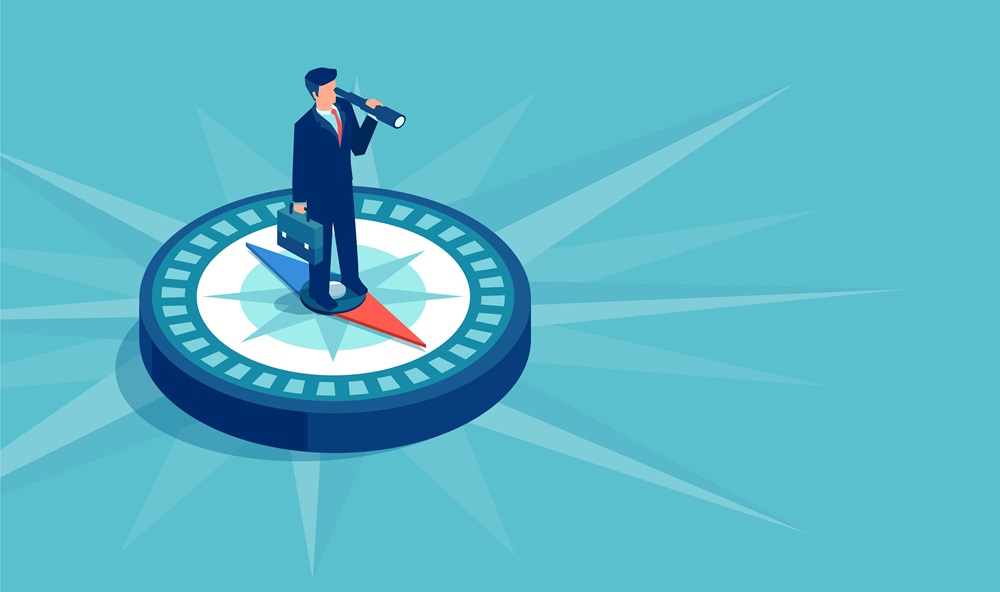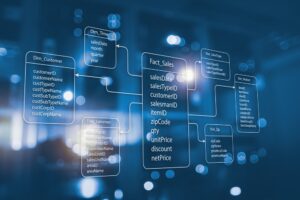
Data Observability in 2024: A Guide

(FGC/Shutterstock)
In today’s data-driven world, data observability is a critical concept for organizations aiming to effectively manage their data. Simply put, it means having the ability to constantly monitor and understand the status of your data. This includes tracking where it comes from, where it’s going, whether it’s on time and in the right quantity, its quality, and any recent changes in behavior. Data observability helps answer essential questions about your data and ensures it remains reliable. In this article, we’ll delve into what data observability is, why it matters, the advantages it offers, and when it’s the right time to adopt it.
What Is Data Observability?
Data observability is the ability of an organization to see and understand the state of their data at all times. By “state” we mean things like: where is it coming from and going within our pipelines, is it moving on time and with the volume we expect, is the quality high enough for our use cases, and is it behaving normally, or did it change recently?
These are a few questions you could answer with data observability:
- Is the customer’s table getting fresh data on time or is it delayed?
- Do we have any duplicated shopping cart transactions and how many?
- Was the huge decrease in average purchase size just a data problem or a real thing?
- Will I be impacting anyone if I delete this table from our data warehouse?
Observability platforms aim to give a continuous and comprehensive view into the state of data moving through data pipelines, so questions like these can be easily answered.
Common data observability activities include monitoring the operational health of the data to ensure it’s fresh and complete, detecting and surfacing anomalies that could indicate data accuracy issues, mapping data lineage to upstream tables to quickly identify the root causes of problems, and mapping lineage downstream to analytics and machine learning applications to understand the impacts of problems.
Once data teams unlock these activities, they can systematically understand when, where, and why data quality problems occur in their pipelines. They can then prevent those problems from impacting the business, and work to prevent them occurring in the future!
Data observability unlocks these basic activities, so it’s the first steppingstone toward every organization’s ultimate data wish list: healthier pipelines, data teams with more free time, more accurate information, and happier customers.
Why Is Data Observability Important?
Organizations push relentlessly to better use their data for strategic decision making, user experience, and efficient operations. All of those use cases assume that the data they run on is reliable.
The reality is that all data pipelines will experience failures. It’s not a question of if, but when, and how often. What the data team can control is how often issues tend to occur, how big the impact, and how stressed out they are when resolving these failures.
A data team that lacks this control will lose the trust of their organization, therefore limiting organizational willingness to invest in things like analytics, machine learning, and automation. On the other hand, a data team who consistently delivers reliable data can win the trust of their organization, and fully leverage data to drive the business forward.
Data observability is important because it is the first step toward having the level of control needed to ensure reliable data pipelines that win the trust of the organization and ultimately unlock more value from the data.
What Are the Benefits of Data Observability?
What do you get once you have total observability over your data pipelines? The bottom line is that the data team can ensure that data reaching the business is fresh, high quality, and reliable—which unlocks trust in the data.
Let’s break down the tangible benefits of data observability a little further:
- Decreased impacts from data issues—when problems do occur, they’ll be understood and resolved faster; ideally before they reach a single stakeholder. Data outages will always be a risk, but with observability, their impacts are greatly reduced.
- Less firefighting for the data team—you’ll spend less time firefighting data outages and being reactive. That means more time building things, creating automation, and the other fun parts of data engineering and data science.
- Increased trust in the data by stakeholders—once they stop seeing questionable data in their analytics, and stop hearing about ML model issues, they’ll start trusting the data and assuming it’s good for making decisions with or integrating into their products and services.
- Increased investment in data from the business—once stakeholders can trust the data, they can feel comfortable using data in more places across the business, which means allowing a bigger budget on data and the data team.
The History of Data Observability
The concept of “data observability” emerged in the late 2010s. It was initially inspired by internal efforts at companies like Uber, Netflix, Airbnb, and Lyft to improve data quality and monitor data pipelines and tables.
Most of these data teams developed some sort of pipeline testing system first, before moving on to developing true data observability tools.
Eventually, smaller companies with lighter technical teams also sounded the alarm for observability capabilities. However, they didn’t have the horsepower to build these solutions in-house. And thus, data observability SaaS solutions were created to fill the gap.
Data Observability and You
Is your organization ready for data observability? It may be if you’re facing one of these situations:
You Just Experienced a High-Severity Data Outage
This is the most obvious time to invest in data observability is right after an outage has been resolved! All organizations are busy and getting buy-in to take preventative measures against a future outage can be difficult. The moments following an outage are the absolute best time to invest in data observability, because all stakeholders are aligned in wanting to prevent future problems from occurring.
Your Pipelines Have Gotten Complex
Teams can’t wait to be blindsided by inaccurate, broken, or stale data. One schema change can cause a furious uproar and catastrophic consequences. Change means growth, but it also means unpredictability. Data observability is technology’s answer to that unpredictability; data observability platforms introduce predictability and reliability back into your complex data pipelines. You can’t manually keep data catalogs up to date with spreadsheets and the occasional debriefing meeting. You need sharper visibility into your data pipelines and anomalies as soon as they occur.
You’ve Moved To a Hub-and-Spoke Data Team Structure
Data observability can help teams understand how work fits into the larger puzzle of data in your organization. Schema changes, new data sources, and pipeline additions are tracked and communicated with data observability. That way, teams can understand the impact of changes that feel minor but might cause major ripple effects. Data observability is an effective communication tool; as your data writes a story, data observability serves as the transcript.
In an era where data influences every decision, data observability stands as the foundation of data quality and trustworthiness. It not only allows organizations to quickly identify and fix data problems but also helps prevent them from happening in the first place. As data systems grow more complex and organizations adopt specific data team structures, the need for data observability becomes even more evident. By investing in data observability, organizations can reduce the impact of data issues, spend less time reacting to problems, earn the trust of stakeholders, and attract more investment in data-related initiatives. The journey of data observability began with tech giants like Uber and Netflix but is now within reach for organizations of all sizes through innovative SaaS solutions. If you’ve ever encountered a data outage, grappled with intricate data pipelines, or transitioned to a specific data team structure, now might be the perfect time to embrace data observability for a data-driven future.
About the author: Kyle Kirwan is the co-founder and CEO of Bigeye, a provider of data observability tools. In his career, Kirwan was one of the first analysts at Uber. There, he launched the company’s data catalog, Databook, as well as other tooling used by thousands of their internal data users. He then went on to co-found Bigeye, a Sequoia-backed startup that works on data observability. You can reach Kyle on Twitter at @kylejameskirwan or on LinkedIn.
his career, Kirwan was one of the first analysts at Uber. There, he launched the company’s data catalog, Databook, as well as other tooling used by thousands of their internal data users. He then went on to co-found Bigeye, a Sequoia-backed startup that works on data observability. You can reach Kyle on Twitter at @kylejameskirwan or on LinkedIn.
Related Items:
Six Common Signs It’s Time to Invest in Data Reliability
There Are Four Types of Data Observability. Which One is Right for You?
Achieving Data Quality at Scale Requires Data Observability



































